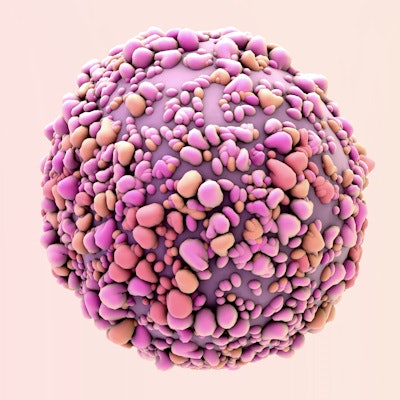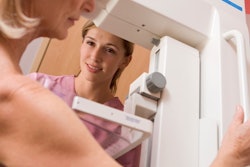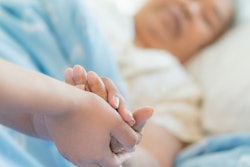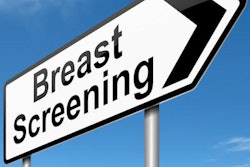
Breast cancer survivors often fail to continue undergoing screening mammography to identify new or recurrent cancer, according to a study published in the November issue of Oncology Nursing Forum.
The findings offer clinicians and healthcare professionals more data on which to base ongoing screening interventions in breast cancer survivors, wrote a team led by Min Kyeong Jang, PhD, of the University of Illinois at Chicago.
"The factors identified [in this study] may be used to create profiles of individuals at greatest risk for nonadherence and to identify women who may benefit from additional follow-up," the group wrote.
Better understanding?
Despite the fact that continued surveillance is crucial for early detection of new and recurrent cancers in breast cancer survivors, many of these women do not undergo appropriate follow-up, the team noted. A 2018 study of 27,212 survivors found that 19% had no breast imaging at five years after treatment and the number of women participating in imaging decreased over time -- even among those with insurance.
Jang and colleagues sought to investigate factors that influenced the participation of breast cancer survivors in recommended surveillance mammography through a review of 23 studies published between 2000 and 2017 on the Cumulative Index to Nursing and Allied Health Literature, PsycInfo, Embase, and Medline (Oncol Nurs Forum, November 2019, Vol. 46:6, pp. 701-714).
They identified 19 factors that influenced mammography adherence, which they organized into two categories: those related to the women themselves (16 factors) and those related to the healthcare system (three factors). The individual factors correlated to sociodemographic, clinical, psychological, or health behavior characteristics, while the healthcare system factors correlated to healthcare accessibility and availability.
| Factors associated with follow-up noncompliance among breast cancer survivors | ||||
| Factor | Sociodemographic | Clinical | Psychological | Health behavior |
| Age | X | |||
| Ethnicity | X | |||
| Socioeconomic status, including insurance coverage and type | X | |||
| Marital status | X | |||
| No. of years since diagnosis or completion of treatment | X | |||
| Type of surgery, with or without radiation | X | |||
| Cancer stage | X | |||
| Comorbid conditions | X | |||
| Lymphedema | X | |||
| Hormone therapy | X | |||
| Positive lymph node stage findings | X | |||
| Distress specific to breast cancer | X | |||
| Fear of recurrence | X | |||
| Mammography-related anxiety | X | |||
| Concern about mammography pain | X | |||
| Current smoker | X | |||
The healthcare factors that influenced mammography adherence in breast cancer survivors included the following:
- Healthcare provider
- Enrollment in medical home program
- Travel time to access healthcare
Factors related to healthcare system may offer a way to increase mammography screening adherence in cancer survivors, the authors noted.
"One of the most powerful facilitators [to mammography screening among breast cancer survivors] was having a medical home, with a healthcare provider that was seen on an annual basis," the team wrote. "Interventions that increase access to and engagement in primary health care provided by nurses and physicians are particularly promising for increasing adherence in breast cancer survivors."
Research guidance
These 19 factors form the basis for a "new conceptual model of predictors of mammography adherence," according to Jang's team. But building on this new model may be tricky because some of them can't be changed.
"Many of the individual factors identified in this review are not amenable to change, such as age, ethnicity, years since diagnosis, cancer stage, type of treatment, and poor health status," the group noted. "Awareness of these factors may be valuable in clinical practice for taking preemptive action, by identifying women likely to be at higher risk of nonadherence."
But some of the issues that influence mammography screening adherence in breast cancer survivors -- such as distress related to breast cancer or mammography-related anxiety -- can be addressed.
"Ultimately, the model can be used in survivorship care to improve breast cancer survivors' adherence to surveillance mammography and, therefore, can contribute to early detection of new and recurrent cancers and improved survival rates," the authors wrote.




















